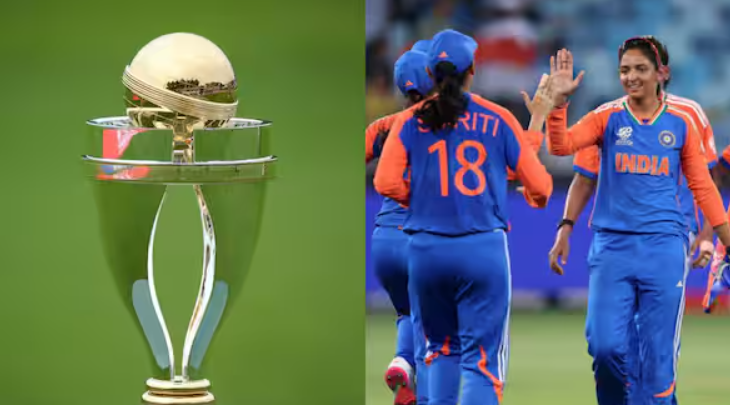India’s top-order batting struggles are a growing concern in the Women’s World Cup, with collapses against SriLanka, Pakistan, and South Africa, Despite individual centuries.

Persistent Top-Order Woes Raise Alarm Bells
India’s women’s cricket team faces a serious challenge heading into the 2025 ICC Women’s World Cup. Moreover, their top-order batting has consistently underperformed in recent outings. Consequently, this recurring issue has sparked widespread concern among fans and analysts alike. In fact, multiple innings have collapsed before the 10-over mark. Therefore, the team’s World Cup ambitions now hinge on urgent batting fixes.
Recent Performances Show Clear Patterns
During the recent bilateral series, India’s openers struggled to build solid partnerships. Additionally, middle-order batters failed to rescue the innings when early wickets fell. For instance, Smriti Mandhana showed glimpses of brilliance but lacked consistency. Similarly, Shafali Verma played aggressively yet often perished to rash shots. As a result, the lower order has repeatedly shouldered undue pressure.
Historical Context Adds to the Concern
Looking back, India’s run to the 2017 World Cup final was powered by a reliable top order. However, that strength has noticeably eroded in recent years. In contrast, their 2022 semifinal exit revealed similar batting fragility. Furthermore, the trend has only worsened through 2024 and early 2025. Thus, past successes now serve as a stark reminder of what’s missing.
Technical and Mental Gaps Must Be Addressed
Coaches must immediately address both technical flaws and mental approach. Also, players need clearer game plans during powerplays. Specifically, shot selection against new-ball bowlers remains a critical weakness. Moreover, balancing intent with caution is essential in modern cricket. Hence, intensive net sessions and match simulations are non-negotiable.
Home Advantage Offers a Silver Lining
India will host the 2025 ICC Women’s World Cup, which presents a unique opportunity. Therefore, familiar pitches and crowd support could boost confidence. Additionally, home conditions may help batters settle early. Still, relying solely on home advantage is a dangerous gamble. So, the team must use this edge wisely—and not as a crutch.
Path Forward Demands Urgent Action
Team management must act decisively in the coming months. First, they should trial new opening combinations in upcoming series. Next, high-pressure drills can build composure under fire. Also, performance analysts must pinpoint recurring technical errors. Ultimately, consistent top-order contributions will define India’s World Cup fate.
Conclusion: Opportunity Meets Responsibility
The 2025 World Cup is both a golden opportunity and a stern test. Indeed, India possesses world-class talent across the lineup. Yet, without fixing the top-order fragility, even home advantage may not suffice. Therefore, every training session from now on carries immense weight. Clearly, the time to rebuild, refine, and rise is right here, right now.
